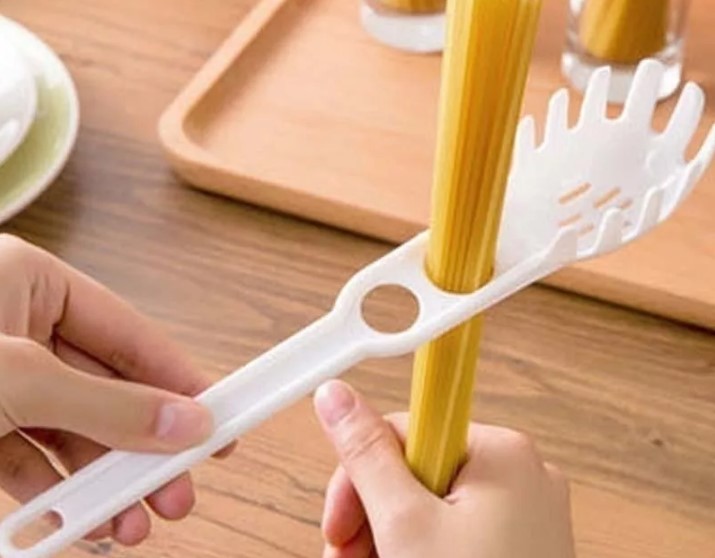Washing a mountain of dishes from old stains
Even with careful washing of cutlery and dishes, after some time they become dirty, covered with greasy deposits and soot.
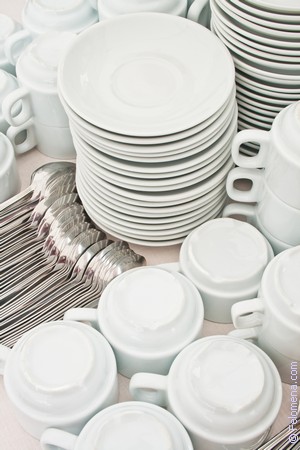
The content of the article
Features of cleaning different surfaces
Surely, among the accumulated dishes with yellow spots and plaque, you will find pots, pans, plates, and cups. They all have a different surface, so it is very important to pay attention to the features of their cleaning. Methods that are suitable for porcelain sets are not suitable for non-stick coatings and vice versa. 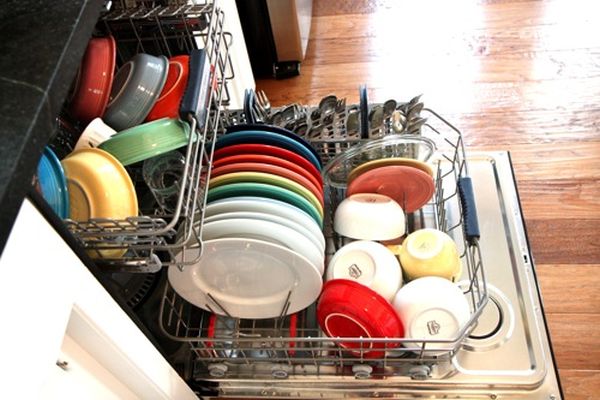
Each of the coatings has its own washing method, we will tell you more about this later, all you have to do is choose the option you like and start working on removing stubborn stains.
Attention! It is better to divide all the dishes into groups with the same coating and level of contamination in advance, so as not to damage the surface when using the chosen cleaning method.
How to clean dishes from old grease
Particularly difficult is accumulated fat that cannot be washed off using conventional means. You can’t feel it to the touch - plates, pots and pans seem clean, but if you look closely, you can find old, stubborn stains of grease.As mentioned above, the cleaning process will vary depending on the surface of the product, so it is important to choose the right tools and cleaning products.
It is worth paying attention to security measures:
- When working with chemicals, ventilate the area by opening windows and doors to create air flow.
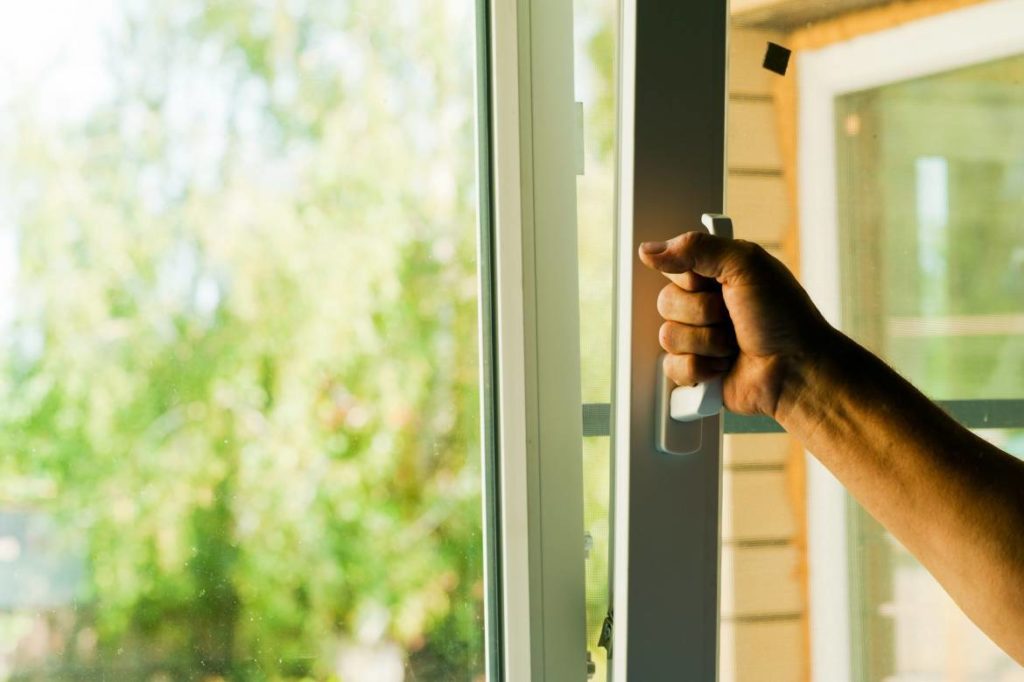
- Use personal protective equipment - wear gloves and masks when working with caustic cleaning agents.
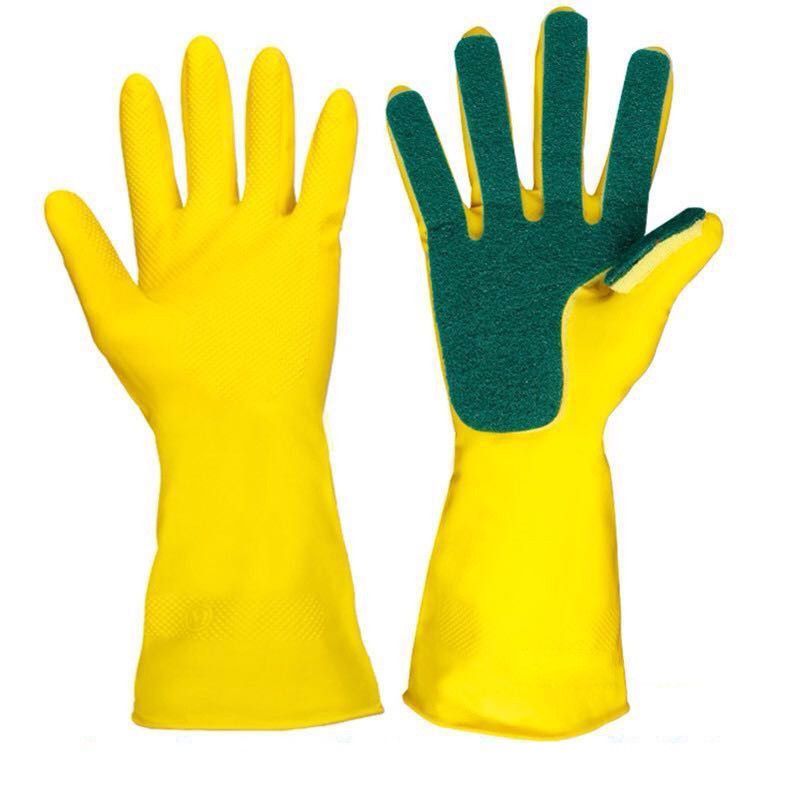
- Plastic utensils should not be placed in the dishwasher.
- Rinse dishes thoroughly after using bleach and strong detergents.
Attention! Damage to the non-stick coating is considered especially dangerous; it is recommended to stop using such cookware for cooking.
Made of stainless steel
Let's look at a method for cleaning stainless steel cookware. To do this, you must use one of the following methods:
- Wash with soft sponges using liquid gel or soap.
- Using special detergents for stainless steel dishes.
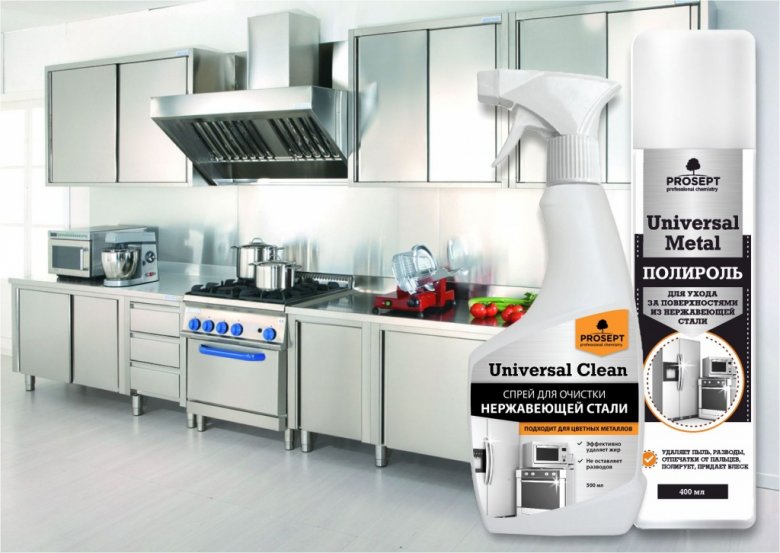
- Using baking soda.
If this does not help, pour water into a saucepan or frying pan, put it on the fire and wait until it boils. Grease and dirt should come off easily.
Attention! The use of powders consisting of granules and hard brushes is unacceptable - they can damage and scratch the surface.
Made of cast iron
Cast iron products are highly durable, so coarse bristles, iron sponges and powders can be used to wash them. Don’t be afraid to scrub the surface with force; cast iron will not be damaged even with strong impact - this way you will definitely be able to clean the dishes. You can combine the above methods to achieve maximum effect.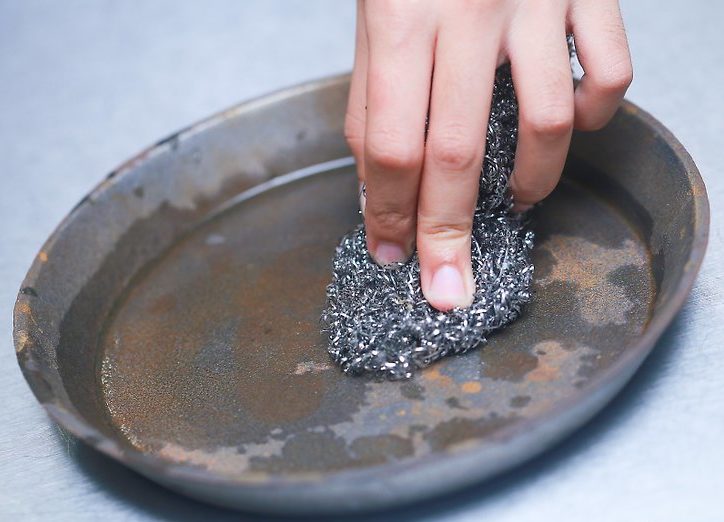
From any material
If you are in doubt about choosing a product for removing stubborn dirt and are afraid of damaging the coating, you should familiarize yourself with universal methods suitable for any type of surface:
- To begin with, you should try using a standard set of cleaning products intended for washing dishes. At the same time, treat the coating with a soft sponge.
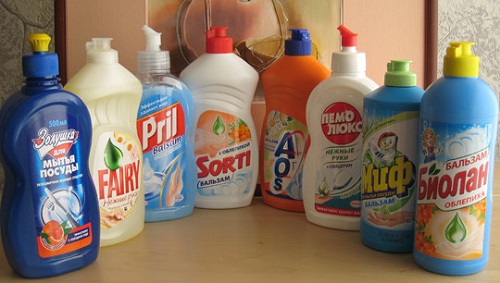
- An excellent detergent would be laundry soap dissolved in warm water. Soak cutlery and leave for 30 minutes, wash with running water.
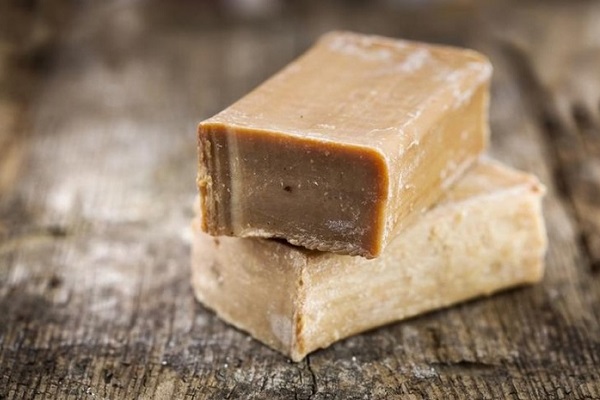
- Activated carbon should be crushed and the powder should be placed on a surface moistened with water. After an hour, you can wash the dishes in warm running water.
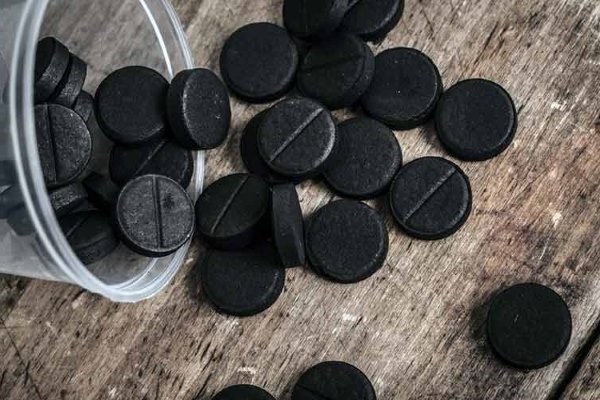
Attention! After washing, you should thoroughly wipe the surface so that the dishes are stored dry - this will prevent the accumulation of dirt.
How to remove dark stains from a pan
If you are faced with black stains from burnt fat or those that appear as a result of prolonged exposure to fire, you should use the following cleaning methods:
- Finely rub the laundry soap and dissolve it in water until foam appears, add 60 ml of vegetable oil. Scald the pan with boiling water, pour the resulting solution into it, put it on the fire and heat it. After an hour, you should pour out the solution and wash off the exfoliated plaque.
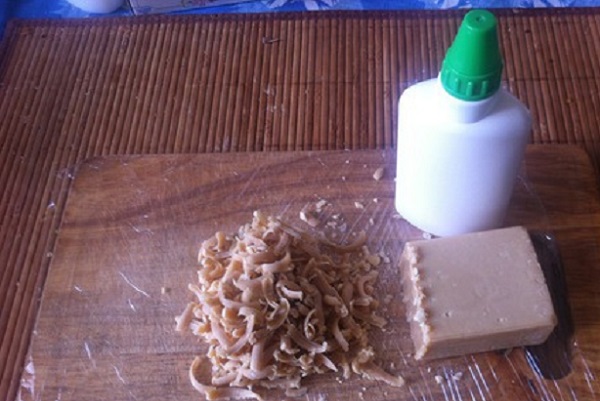
- You can use a paste of baking soda and hydrogen peroxide. Add a few drops of peroxide to half a glass of water to get the consistency of thick sour cream. Apply the composition to the coating and cover with plastic bags for 30-40 minutes, then rinse the dishes. The softened carbon deposits will easily come away from the surface.
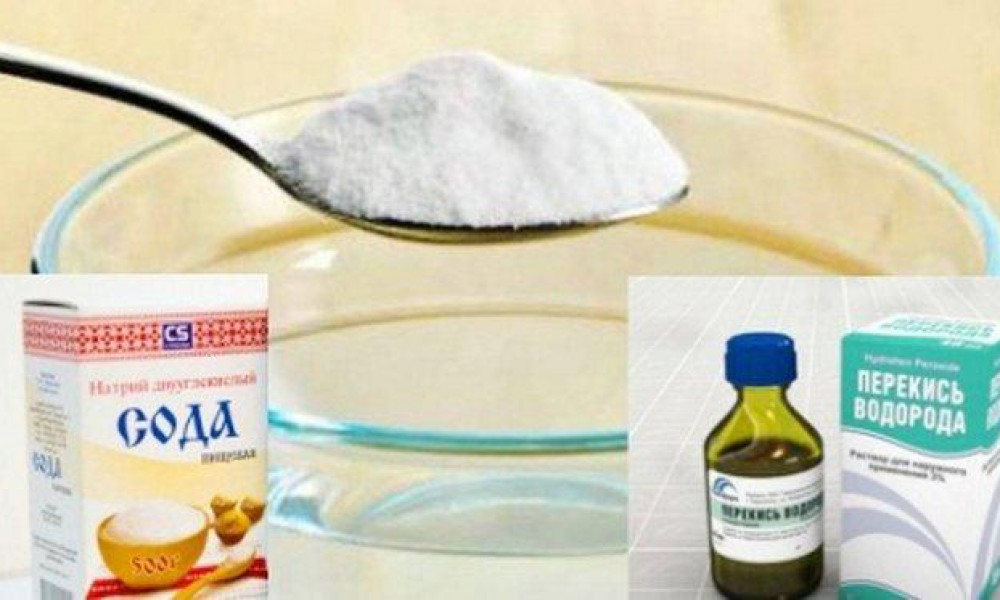
The convenience of washing internal dirt is that in this case you can boil the pan over a fire to better remove burnt stains.
How to remove yellow stains from plates and other utensils
Another unpleasant thing is the yellow stains that remain when the plates are not properly washed to remove accumulated fat. The remaining unpleasant greasy coating not only spoils the appearance, but can also become a source of bacteria. Therefore, it is worth paying attention to the following cleaning options:
- Baking soda. It has an excellent cleansing effect, while destroying old grease stains.
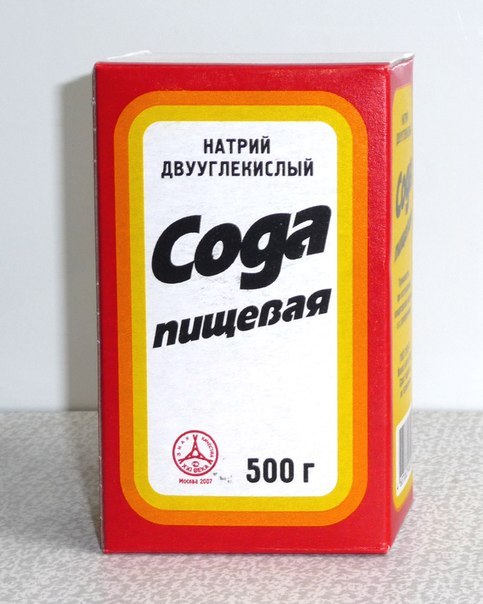
- Lemon acid. Apply it to contaminated areas, wait 20-30 minutes, rinse under running water.
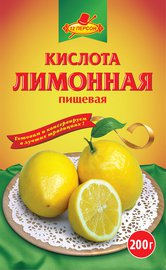
- Mustard powder diluted in warm water. Soak the plates in the solution and rinse under running water.
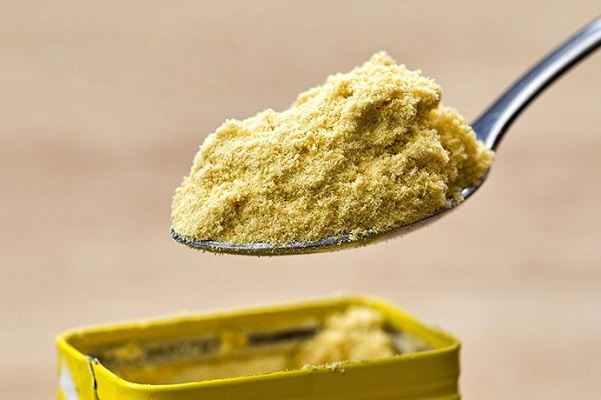
- Domestos. Soak the dishes in hot water with the product dissolved in it, wait 10 minutes and rinse under running water.
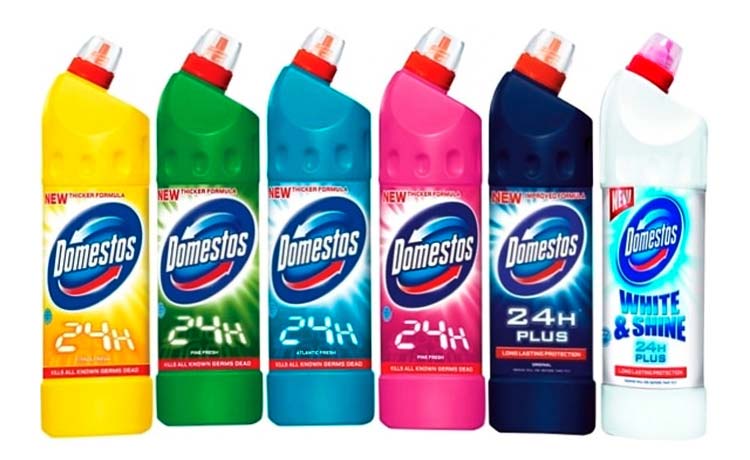
From the variety of recipes presented, you can choose the most suitable one.





